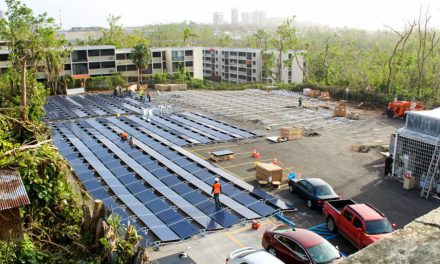They say that home is where the heart is, and for some, their heart is very tied to nature and to Mother Earth. It’s tied to being at one with the environment, living in harmony with the surroundings. A townhouse won’t do the trick for these kinds of folks. They’ll need something a little more… grounded…
If the idea of leaving an eensy-weensy footprint gets you all excited, you’re not alone. Earth-sheltered homes began gaining popularity in the early ’70s, partly thanks to an oil embargo. This caused a temporary energy crisis and forced people to take an honest look at how they were living. Some didn’t like what they were seeing and began to find less impactful ways of building. All manner of construction is available – wholly underground spaces, partially underground, and surface-level buildings too, with earth piled against the structure’s walls. These alternatives to traditional construction came with reduced energy costs, in both heating and cooling, and the numbers were significant. A 50% reduction, with little or no increase in materials expenses.
RELATED STORY:
An Underground Home – Practical For Today
It’s no secret that consumption in the U.S. is off the charts. Throughout the years, we’ve seen crises something like the oil embargo of the early ’70s time and again. Gas shortages with mile-long lines, water shortages, brownouts from overloaded electrical grids. Everything is bursting at the seams, but it doesn’t need to be like that. We can choose to look at what our own energy needs are, and how we can cooperate with our environment to meet those. Work with it, not against it.
Most buildings have a negative effect on the planet. There is nothing about “traditional” construction that works in concert with the earth, which is a shame because there is much to be gained by choosing to build this way. An earth-bermed house, which is essentially a house with earth walls, can enjoy about 95% of the energy advantages that a fully underground home offers.
RELATED STORY:
If packing it up and moving toward something more “earthy” isn’t in the cards for you right now, consider a living roof. This is exactly what it sounds like: an earth roof that has plants growing on it. A living roof will help you realize some of the energy benefits of an underground home, and have the added effect of removing some of that negative impact inherent in traditional building. Think of all the bees, bugs and butterflies you’ll be welcoming! Just like that, your little abode is the star of your neighborhood ecosystem.
An Underground Home – Practical For (Almost) Anywhere
If you’re considering building your own earth-sheltered home, consider the placement of your home very carefully. There are a wide range of styles to consider and varying degrees of coverage too. Some folks like the idea of being totally underground and some don’t – for practical or personal reasons. Though you’re considering this option because it’s kinder to the environment, that doesn’t mean you need to live in a place that doesn’t suit you. So, research all the options out there and look for a plot of land that will complement your design sensibilities. If you’ve already got the land, choose an architect or design that will really be able to harmonize with its surroundings. In this way, you’ll enjoy a more symbiotic existence with Mother Nature, and lower energy bills too.
*Article originally appeared at Healthy Holistic Living. Reposted with permission.












